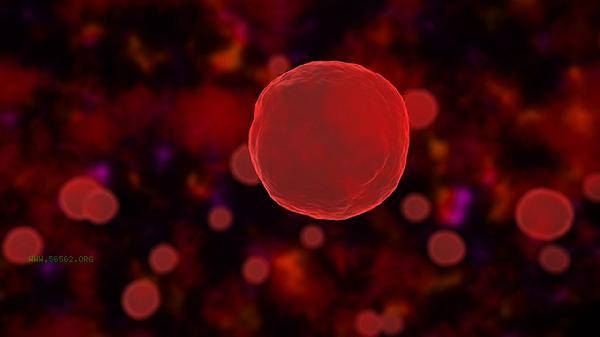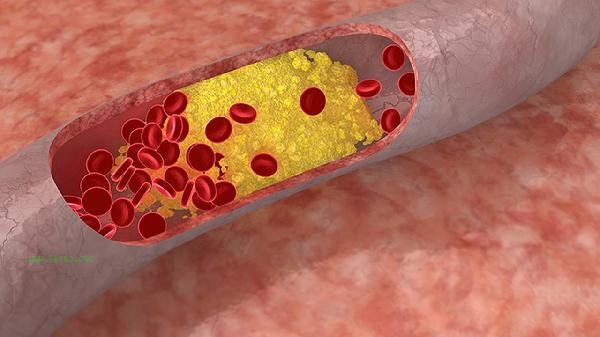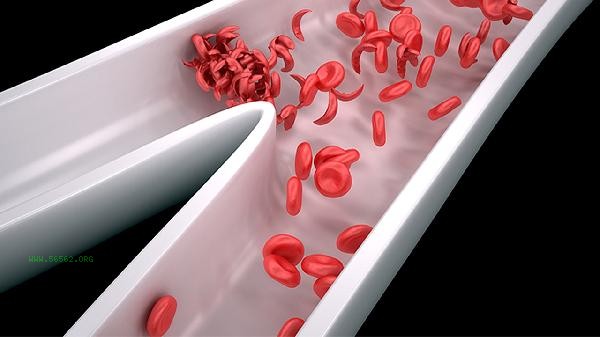Low average red blood cell volume can be improved by adjusting the diet to supplement nutrients such as iron, vitamin B12, and folate, mainly related to factors such as iron deficiency anemia, insufficient nutrient intake, and chronic diseases.

1. Iron rich foods:
Animal liver, red meat, and shellfish have a high absorption rate of heme iron. It is recommended to consume 80-100 grams of pig liver or 150 grams of beef per week. Plant based iron such as spinach and black fungus should be combined with vitamin C to promote absorption, such as consuming kiwi or oranges after meals. Long term vegetarians should increase their intake of soy products and nuts, while avoiding meals with coffee and tea that may affect iron absorption.
2. Vitamin B12 supplementation: Oysters, salmon and other seafood, as well as egg yolks, are rich in vitamin B12. Consuming 1-2 eggs per day can meet the needs. Insufficient gastric acid secretion in middle-aged and elderly people may affect absorption, and fortified grains or nutritional yeast can be selected. Long term use of metformin in patients with diabetes needs to monitor B12 levels.
3. Folic acid intake:
Deep green vegetables such as asparagus and broccoli contain over 100 micrograms of folic acid per 100 grams, and it is recommended to consume 300 grams per day. Chickpeas, beans, and other legumes are more effective when paired with whole grains. Pregnant women should increase their intake to 600 micrograms per day and avoid prolonged exposure to high temperatures that can damage folate during cooking.

4. Protein optimization:
Whey protein and fish protein have high bioavailability, and it is necessary to ensure a daily intake of 1.2-1.5 grams per kilogram of body weight. Individuals with renal dysfunction should choose a high-quality, low protein diet, such as chicken breast meat paired with quinoa. Vegetarians can choose to supplement with soy protein isolate powder.
5. Synergistic Nutrients:
Copper participates in iron metabolism and can be supplemented through cashew nuts and dark chocolate. Vitamin B6 is abundant in bananas and potatoes, helping with heme synthesis. Avoid consuming high calcium foods at the same time to interfere with iron absorption. It is recommended to stagger the time interval between iron supplementation and calcium supplementation by 2 hours.
The recommended daily diet includes 300 grams of dark vegetables, 150 grams of high-quality protein, 200 grams of whole grains, and an appropriate amount of nut seeds. Choosing cast iron pots for cooking can increase the iron content of food and avoid nutrient loss caused by excessive processing. Long term vegetarians or those with digestive and absorption disorders should undergo nutritional assessments and consider supplements under the guidance of a doctor. Regularly monitor blood routine indicators. If there is no improvement after three months of dietary adjustments, genetic diseases such as thalassemia or chronic inflammatory factors should be screened.









Comments (0)
Leave a Comment
No comments yet
Be the first to share your thoughts!